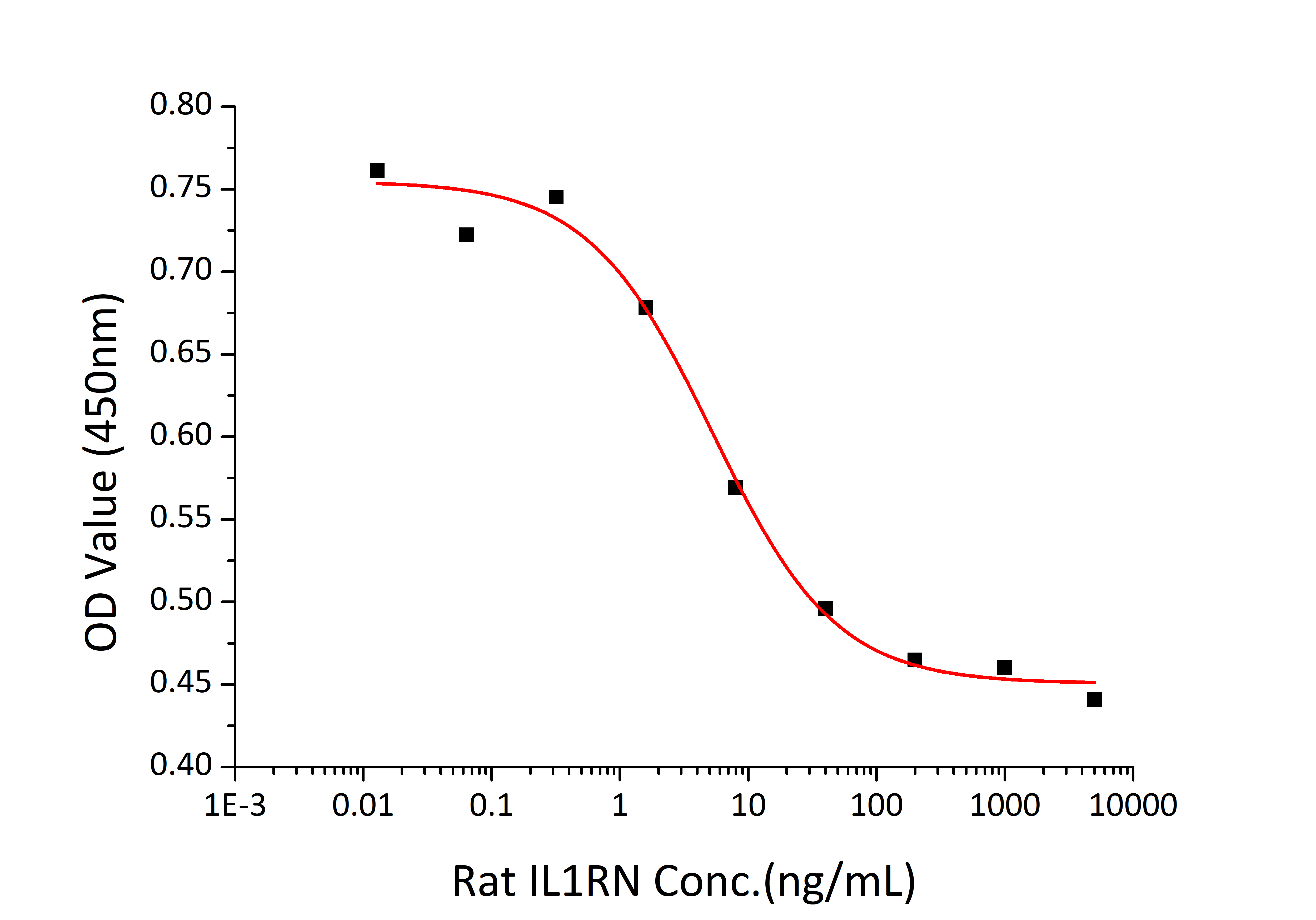Interleukin-1 receptor antagonist (IL-1RA) also known as IL1RN is a member of the interleukin 1 cytokine family. This protein inhibits the activities of interleukin 1, alpha (IL1A), and interleukin 1, beta (IL1B), and modulates a variety of interleukin 1 related immune and inflammatory responses. A polymorphism of this protein-encoding gene is reported to be associated with an increased risk of osteoporotic fractures and gastric cancer. IL-1RA/IL1RN may inhibit the activity of IL-1 by binding to its receptor and it has no IL-1 like activity. Genetic variation in IL-1RA/IL1RN is associated with susceptibility to microvascular complications of diabetes type 4 (MVCD4). These are pathological conditions that develop in numerous tissues and organs as a consequence of diabetes mellitus. They include diabetic retinopathy, diabetic nephropathy leading to end-stage renal disease, and diabetic neuropathy. Diabetic retinopathy remains the major cause of new-onset blindness among diabetic adults. It is characterized by vascular permeability and increased tissue ischemia and angiogenesis. Defects in IL-1RA/IL1RN are the cause of interleukin 1 receptor antagonist deficiency (DIRA) which is also known as deficiency of interleukin 1 receptor antagonist. Autoinflammatory diseases manifest inflammation without evidence of infection, high-titer autoantibodies, or autoreactive T-cells. DIRA is a rare, autosomal recessive, genetic autoinflammatory disease that results in sterile multifocal osteomyelitis, and pustulosis from birth.








